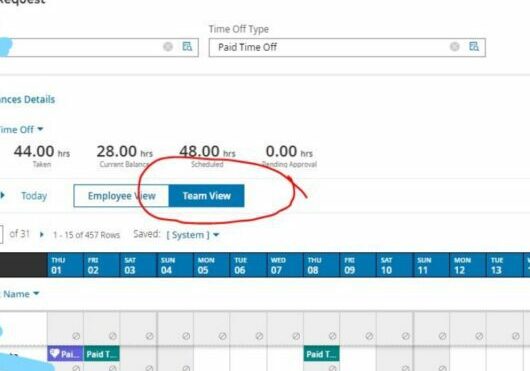How to Prepare for Summer Vacations Within Your Organization
by Paul Devlin

As the summer season approaches, it becomes crucial for your organization to manage vacation requests effectively to maintain productivity and service quality while ensuring fair treatment of all employees regarding time off. The following plan outlines strategies and policies designed to address potential disparities and manage your team during this peak vacation period.
Pre-Planning and Communication
- Early Request Submission: Encourage employees to submit their vacation requests well in advance, ideally three months before the desired vacation time. This allows for better planning and accommodation of requests.
- Transparent Criteria: Clearly communicate the criteria used for approving vacation requests, including factors such as project timelines, work experience, and seniority, to ensure transparency and fairness.
Vacation Scheduling Policies
- Rotating Priority System: Implement a rotating system for vacation priority based on seniority or previous vacation allocations. Employees who didn’t get their preferred vacation time one year might receive priority the next year.
- Blackout Periods and Critical Projects Consideration: Identify any blackout periods where vacations are restricted due to high-volume workloads or critical project deadlines. Ensure these are communicated well in advance and apply uniformly across departments.
- Maximum Concurrent Vacations: Set a limit on the number of employees who can be on vacation simultaneously within each department or team. This limit should be determined based on the team’s ability to maintain productivity with reduced staff.
Workload Management Strategies
- Cross-Training Employees: Invest in cross-training employees to perform critical tasks outside their usual responsibilities. This ensures that the team can cover for absent colleagues without a drop in productivity.
- Temporary Adjustments and Flexibility: For roles with high workloads during this period, offer temporary adjustments, such as flexible working hours or the option to work from home, to balance the increased workload.
- Hiring Temporary Staff: If feasible, consider hiring temporary workers or interns during the summer months to alleviate the workload on full-time employees and cover for those on vacation.
Fairness and Employee Well-being
- Mandatory Time Off: Encourage or mandate that employees take a minimum amount of time off to prevent burnout. This ensures everyone gets a chance to recharge, promoting overall well-being.
- Equitable Distribution of Responsibilities: Monitor the distribution of additional responsibilities due to vacation absences to ensure it’s equitable and doesn’t consistently fall on the same employees.
- Open Dialogue and Conflict Resolution: Maintain an open dialogue with employees about vacation policies and any concerns that arise. Offer mediation or conflict resolution for any disputes related to vacation allocation.
By implementing these strategies and policies, your organization can better manage vacation requests during the summer season, ensuring equitable treatment of all employees and maintaining productivity levels. It’s important to regularly review and adjust these policies based on employee feedback and organizational needs to continue improving fairness.
This article does not constitute legal advice. For additional information please also reference related articles in your APlus HR resource center or ask your friendly APlus CSS about our On-demand HR live advice line where, for a small fee, you can be connected to a certified HR advisor.



